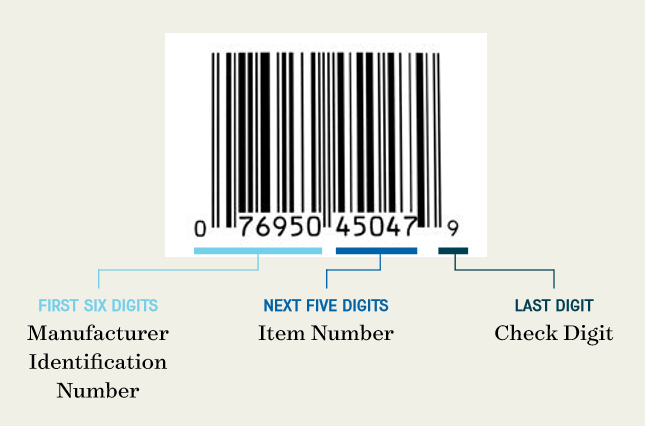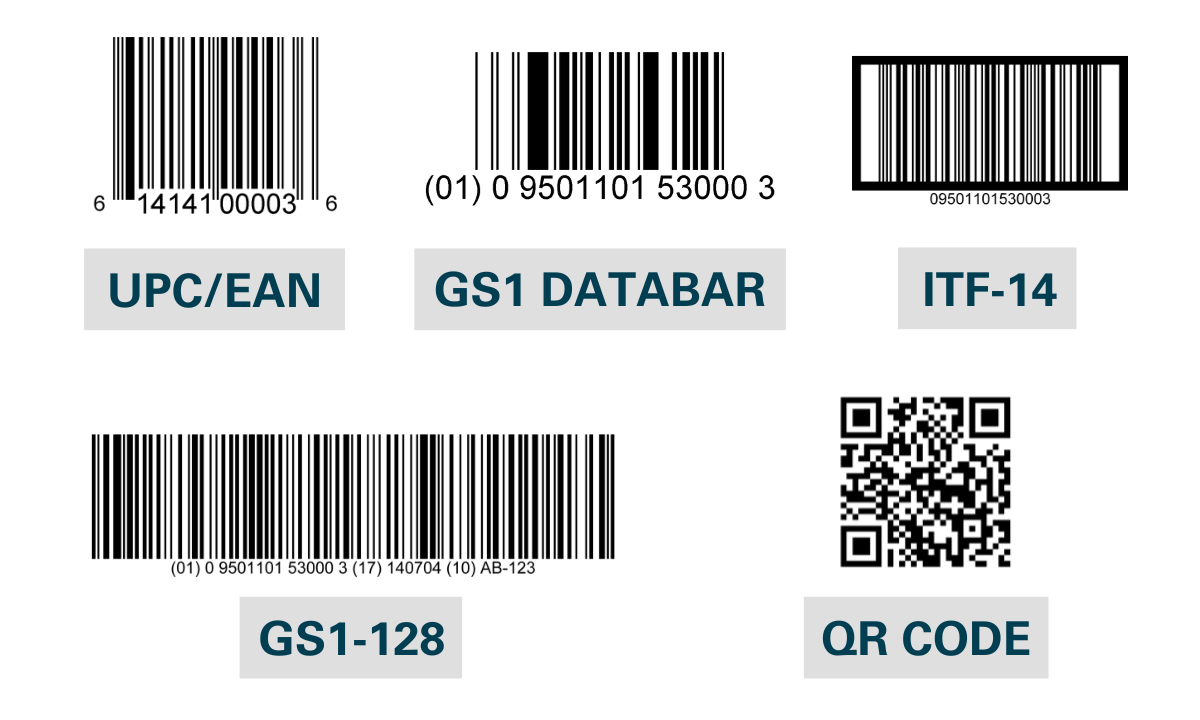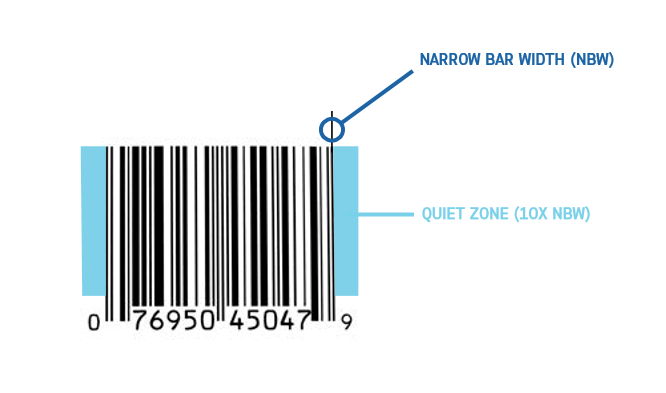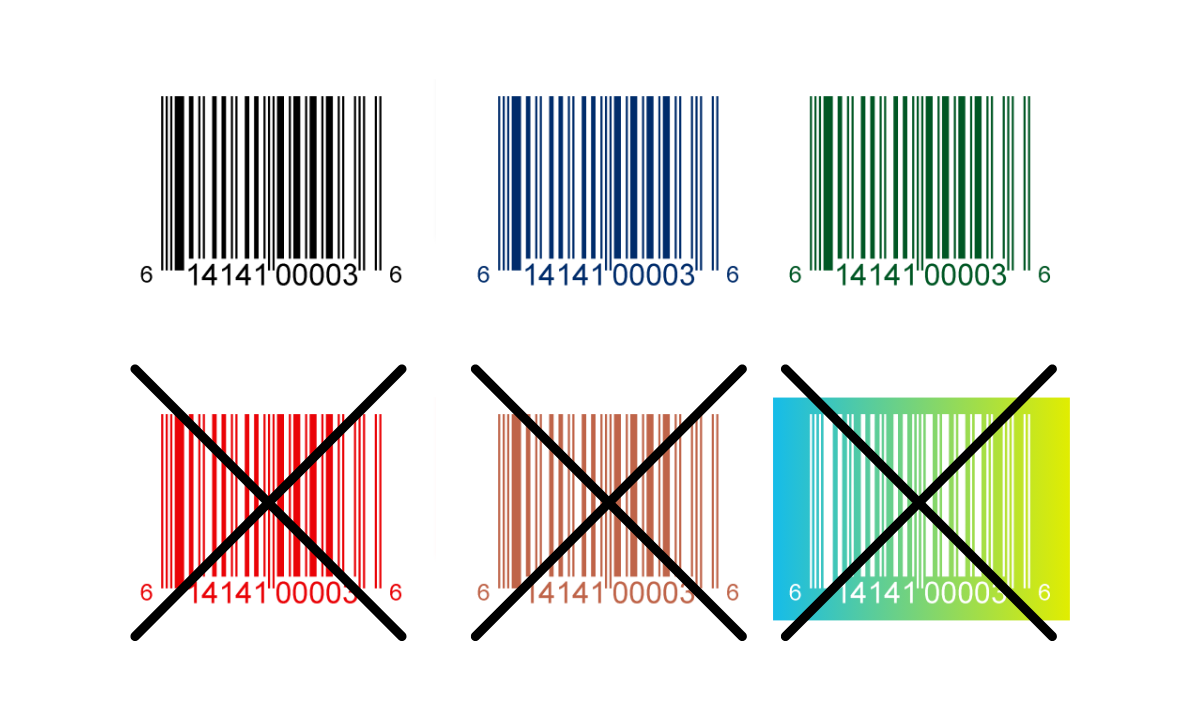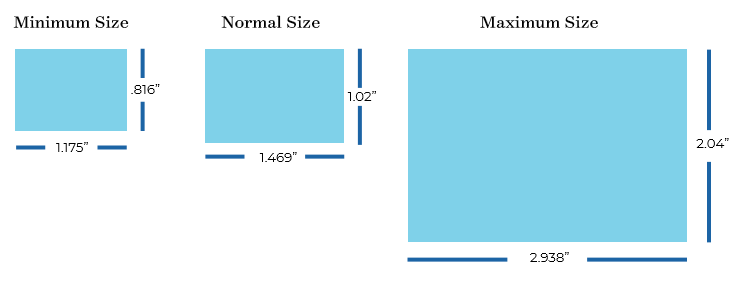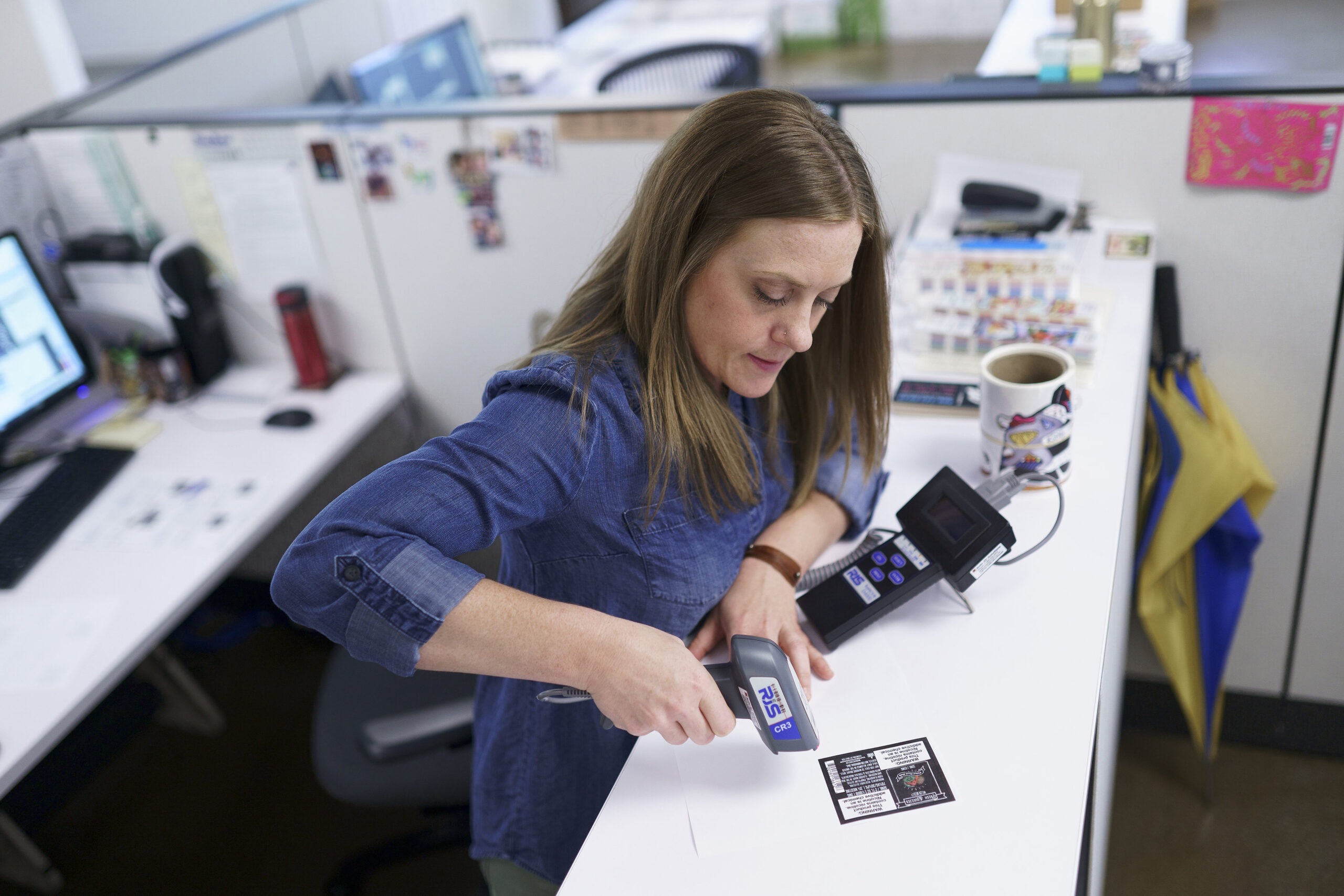How to Get a Barcode, UPC, and QR Code for a Product Label
A good product label performs many jobs, including making a great first impression on potential customers. These labels also need to provide important information to both consumers and retailers alike.
UPC barcodes and QR codes aren’t always the most attractive part of your labels, but they serve essential roles for your products. Let’s break down how to create a barcode for a product and what it takes to get UPC barcodes and QR codes for your product labels (and what it takes to make sure they work).
The Differences Between a UPC, Barcode, and QR Code
What is a UPC code? While a UPC and barcode are inherently connected, they are two different things. The UPC is the Universal Product Code, which is a unique identifier for every single product. The barcode is the machine-readable version of that same code. Those two features are then combined into one visual element so that people and machines can read them.
A QR code is a type of two-dimensional barcode, also known as a matrix barcode. Like UPC barcodes, the design contains patterns that represent certain information. However, this information is typically something larger than a product identifier.
These codes are designed to be scanned by a smartphone or some other device with a QR code reader. The scan would then direct users to different websites, videos, or other content that may interest them – QR codes can store up to 4296 characters in total. In short, UPC barcodes are designed to identify a product’s identity, while a QR code is a useful tool for branding and marketing purposes. Keep reading to learn how to make a barcode for a product label.
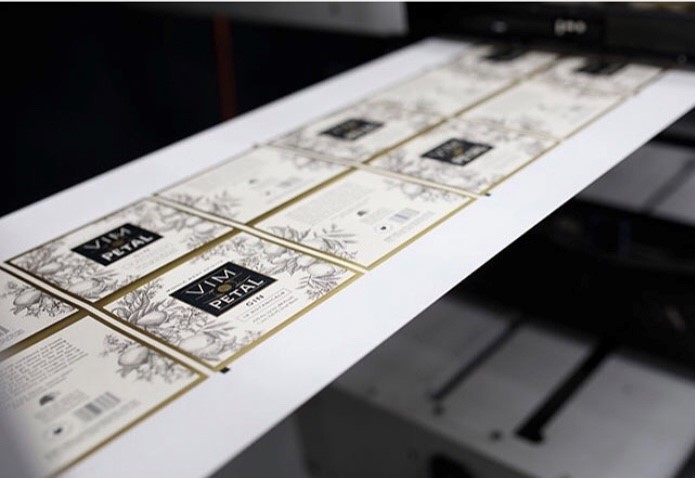
How to Get a UPC Code
The first step toward getting a 12-digit UPC barcode is to join GS1. GS1 is an international group that created UPCs to help standardize the way that vendors track products both online and in stores. The group has different divisions across the country, and GS1 U.S. covers the United States.
GS1 does charge membership fees based on the total number of unique product variations, but it’s a small price to pay for the ability to sell your products throughout the country. GS1 also provides a barcode estimator to help you identify how many UPCs you’ll need.
Once your company joins GS1, it will be assigned a company prefix. This prefix is a six to 10 digit that serves as the manufacturer identification number for all your products. You can then assign each unique product a global trade item number (GTIN). Then, you may license these GTINs from GS1 to allow retailers to identify the various products in your supply chain.
The exact number of digits you get for the item numbers depends on the length of your prefix. The prefix and item numbers must combine to be 11 characters, so a six-digit prefix would require a five-digit item number.
The final number of a UPC is called the check digit. The check digit is a single number that’s used as a redundancy check to check for any potential errors. You can use GS1’s check digit calculator to determine the right number to finish off your UPC. That should give you something like the UPC listed below.
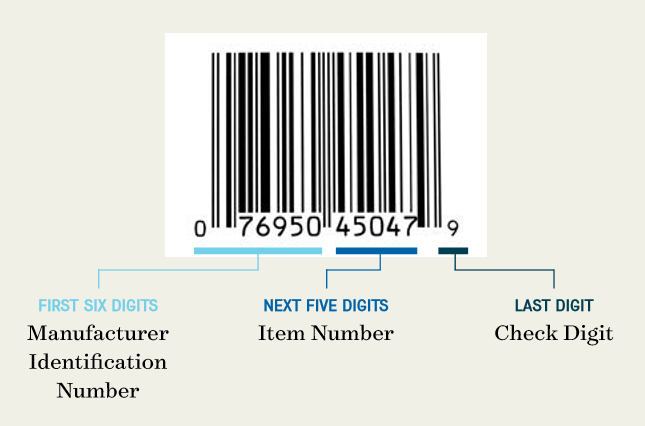
How to Get a Barcode
Now that you have a UPC, it’s time to get a barcode that matches your 12-digit codes. Every barcode must match the UPC in question. The good news is that GS1 includes machine readable barcodes along with the UPCs you license from them. Members can use the GS1 U.S. Data Hub to create high-resolution artwork to include on their product labels.
How to Get a QR Code
Unlike UPC barcodes, getting QR codes for your business isn’t nearly as official of a process. In fact, anyone with access to the internet can make them.
The first step toward getting a QR code is to choose a QR code generator. There are a wide variety of options available, many of which include completely free QR codes. There are also more comprehensive generators that allow you to customize the look of QR codes and track performance. Others allow you to make dynamic QR codes that can be updated in real time. No matter your choice, some form of generator will allow you to create a scannable design.
Once you’ve chosen a generator, you can enter your information into the field it provides. For something like QR Code Generator, that’s as simple as copying and pasting a website, text, or something else into a field and having a QR code generated automatically. You can then download those files and add them to your product labels so that people can scan your QR code with a mobile device.
How to Prepare UPC Barcodes and QR Codes for Labels
Getting UPC barcodes and QR codes is the first step, making sure they work on your product labels is the next. A code won’t help at all if it doesn’t work. That’s why it’s important to take some steps to make sure your barcodes and QR codes are properly set up for your labels. Use these practices to improve your label’s barcodes and QR codes.
- Use proper colors. Warm colors can lead to scanning issues. Stick with dark colors on light backgrounds to play it safe.
- Keep a “quiet zone.” You need to have enough white space around the codes so that the scanner doesn’t try to read other elements. The quiet zone should be at least an eighth of an inch wide around all sides.
- Maintain proper sizing. Bigger codes are easier to scan, especially for barcodes. A typical barcode measures 1.469 inches wide by 1.02 inches high.
- Send barcodes and QR codes in the right files. The appropriate art files will help ensure your codes translate well to your labels. Make sure to deliver the image files you’ve received from the code providers, as well as an Excel document with a list of UPC numbers.
Make Sure Your Product Packaging is Ready for Success
Barcodes and QR codes aren’t the flashiest part of your labels, but it’s imperative that they work. Fortunately, a good printing company can work with you to ensure that your UPC, barcode, and QR code are set up for success.
From barcodes to label materials, there are several factors that go into a successful product label. Blue Label works with you to identify the best, most cost-effective label printing solution for your products. That includes not only testing out barcodes and QR codes to make sure they work, but also working with you to uncover ways to enhance and protect your label design to wow your customers.
Ready to invest in quality, eye-catching labels for your products? Contact us today to talk about your next label project.
